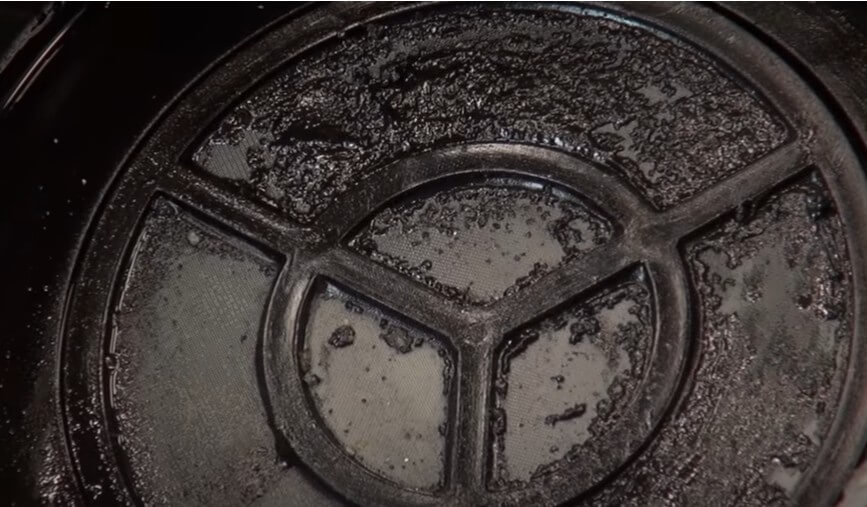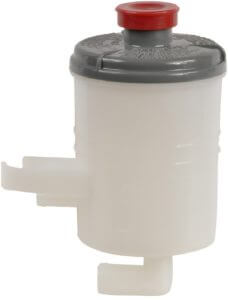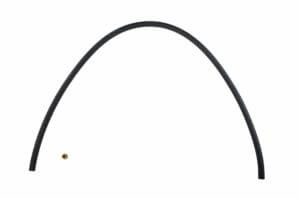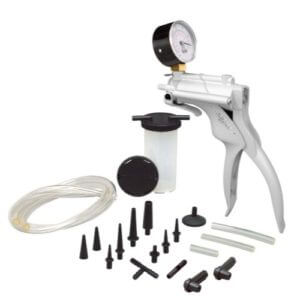Honda power steering hard, noisy
Diagnose and fix a Honda power steering hard, noisy issue
If your Honda has a remote power steering fluid reservoir and you notice a Honda power steering hard, noisy issue, this article is for you.
Honda power steering symptoms
• Lack of power steering assist. Honda steering hard to turn
• Whine noise when turning the wheels
• Return hose to power steering reservoir is flat
What causes Honda power steering hard, noisy condition?
Most Honda vehicles use a remote power
steering fluid reservoir. The reservoir receives return power steering fluid from the rack and pinion gear through an inlet above the internal screen filter. The filter is designed to capture and hold any particulate matter. The fluid that passes through the filter is sucked into the power steering pump, where it is pressurized and used to operate the vehicle’s power steering.
What goes wrong with the Honda power steering fluid reservoir?
Over time, hoses and seals deteriorate and all the particulate matter is filtered out by the power steering reservoir screen filter. In addition to particulate matter, power steering fluid itself can deteriorate due to high heat, forming a varnish like sludge that settle

Clogged reservoir screen
s into the bottom of the power steering fluid reservoir. Once the reservoir screen plugs, the power steering pump experiences fluid starvation and you’ll notice a lack of power steering assist. That’s the dead ringer symptom of a clogged power steering fluid reservoir screen.
What makes the power steering whining noise?
Whining noise in a power steering system is ALWAYS caused by the introduction of air. In Honda vehicles, the return hoses are a known problem. The return hose becomes brittle and cracks, allowing air to be drawn into the return fluid. This air causes the return fluid to develop foamy air bubbles. Once in the pump, the air causes a loud whining noise.
Can you fix a clogged power steering fluid reservoir screen?
You can try. Buy a spray can of brake cleaner and disconnect the power steering reservoir. Saturate the screen with brake fluid and rinse

Replacement Honda power steering fluid reservoir
out the clogged material. Examine the screen. If you’re able to remove the majority of the matter, you can reuse the reservoir. After rinsing, dry out the reservoir using compressed air to remove all traces of the brake cleaner. Then add fresh power steering fluid to the reservoir and do a final rinse and dump.
Then replace the aging return line.

Honda power steering return hose
After the cleaned/new reservoir is in place, you’ll have to remove air from the system. Most “experts” will tell you to start the engine and turn the steering wheel full left and full right. That might work. But many times it doesn’t, and holding the steering at full left or right can develop up to 2,000-psi, which, on an older vehicle, can blow out the high pressure line or seals in the rack and pinion.
I use a hand-held vacuum pump to remove air from the power steering
I never use the full left full right procedure. Fill the reservoir

Mityvac MV8000 Automotive Test and Bleeding Kit
with fresh fluid. Start the engine and turn the wheel left and right but not full left/right. If you have noise, shut off the engine. Remove the cap to the reservoir and apply a vacuum plug. Then use your handheld vacuum pump to apply vacuum to the entire power steering system. Watch the vacuum gauge fall slightly as it pulls air out of the system. When the gauge stops moving, all the air is out.
But it’s best to install a new return hose to prevent rapid reclogging. If you can’t clean the reservoir screen, buy a new power steering fluid reservoir. Several aftermarket companies sell these reservoirs for a lot less than Honda.
©, 2017 Rick Muscoplat
Posted on by Rick Muscoplat